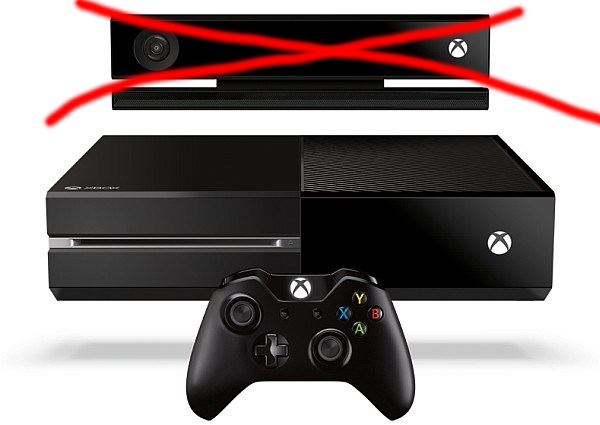Microsoft has stopped manufacturing the Kinect, meaning only stock currently with retailers will be sold. The technology will instead continue to be developed in Microsoft’s HoloLens device.
The news was revealed in an interview with Fast Company, with Microsoft also noting it will continue to support the Kinect for console users.
The general reaction has been that the Kinect had some genuinely useful features but it wasn’t a must-have in gaming. In particular, it didn’t seem to reach the point of critical mass where it was worthwhile for developers to produce games specifically to take advantage of Kinect rather than stick to something that could also work well on other platforms.
That took a particular hit when Microsoft dropped the original policy of bundling it with the Xbox One, instead making it an optional extra (an option it appears most buyers didn’t take up.) That decision seems to have become a necessity to get the console down to a more palatable price for the mass market.
Indeed, it seems Kinect will be missed more by non-gamers who found the technology, particularly the motion tracking, to be useful for all manner of gadget making. Microsoft itself will continue to use Kinect technology in HoloLens, an augmented reality headset that overlays graphics onto the real world views that the user would see without the headset.
Microsoft’s Alex Klipman – who created Kinect – argued the system was influential beyond gaming, saying it soaked up a lot of the initial heat and scepticism over features such as voice recognition (and ‘always on’ listening mode) that later became established and trusted enough to allow gadgets such as Google Home and Amazon Echo to find an audience.

